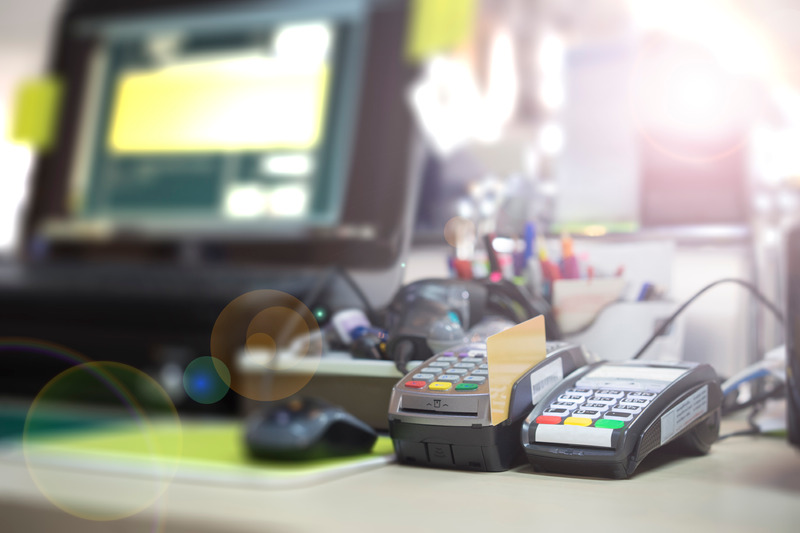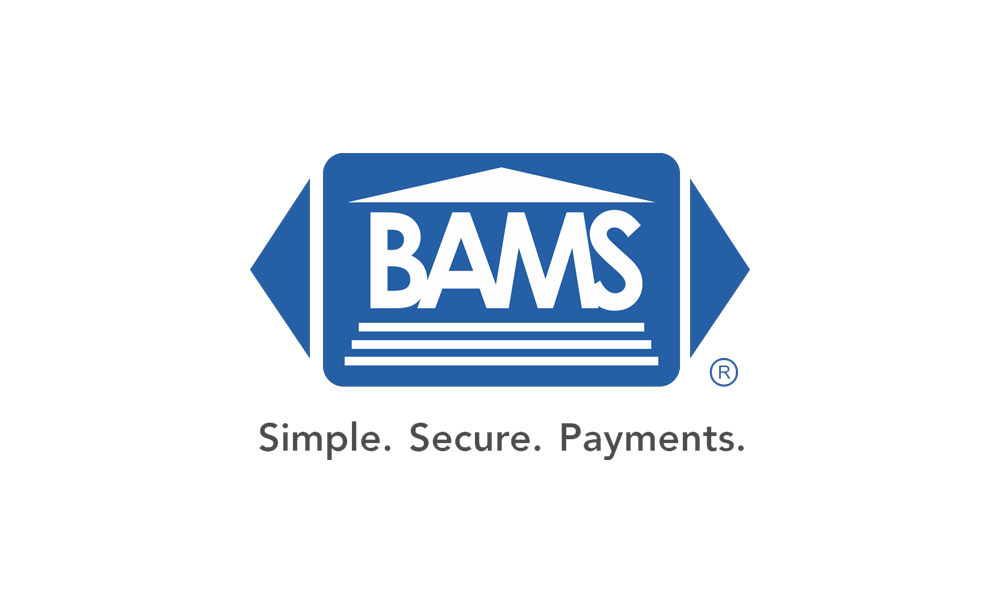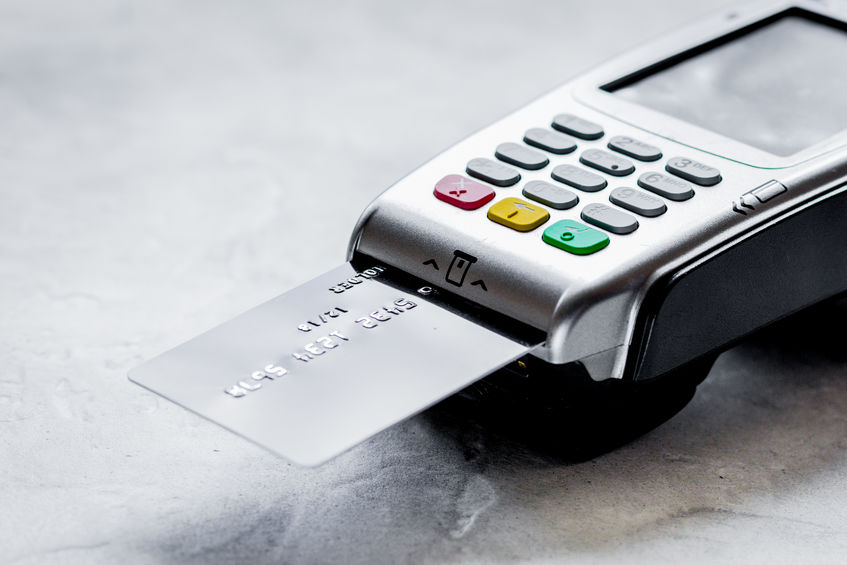Is Toast POS Leaving Merchants Burnt? A Quick Look at Toast POS Part Two of Two
In part one of this article, we examined Toast’s discounting and billing structure and how it impacts merchants. Essentially, Toast offers significant discounts to restaurants on hardware and software but then charges significantly inflated transaction fees, which wipe out any other savings for restaurants doing any kind of significant volume. In part two, we’ll look at the functionality of Toast POS, what it does well, and where it leaves restauranteurs wanting more in comparison to its competitors.
Hardware/Software Interoperability Issues Could Be Problematic
Toast POS is an Android-only system, which could be a positive or a negative depending on how you look at it. On the one hand, most restaurant POS systems are iOS-based, which makes Android options a welcome change for businesses looking to integrate POS software into non-Apple hardware they already own. On the other hand, because the industry is so dominated by iOS, most restaurants already owning hardware will likely have Apple equipment. Because Toast POS can’t operate on iOS, that would mean full hardware replacement for any restaurants looking to make the switch. This is likely part of the reason Toast offers such steep hardware discounts, but as we’ve already mentioned, those discounts are largely illusions in the grand cost scheme.
A Wide Feature Set Serves Most Restaurants’ Needs
One thing Toast does very well is delivering a wide array of features, capable of serving the needs of restaurants of all types. The platform is easily scalable, making it appropriate for the smallest restaurants right up to chains requiring enterprise-level solutions. It offers complete all-in-one restaurant management, including ordering, payment processing, cash handling, inventory, menu creation, loyalty programs, and more. It also offers remote management, enabling owners and managers to keep tabs on operations even when they can’t be physically present on-site – a valuable feature for chains with multiple locations.
No Offline Mode Means No Sales During Outages
Toast is a completely cloud-based software. That makes it light and minimizes certain hardware requirements, but because the POS requires a connection to the cloud at all times, it becomes useless during an internet outage. That might not sound like a big deal, because internet outages are rare these days. But they do happen on occasion, and when they do, having the ability to operate POS software offline is a must for restaurants that don’t want to have to close their doors due to a service interruption. The lack of offline capability represents a major weak spot in Toast’s otherwise strong feature set.
Toast’s lack of a free trial is another significant drawback, as restaurants looking to make the switch need to commit without the opportunity to try before they buy. As a result, while most restauranteurs find themselves happy with Toast, some have found themselves stuck with a solution that isn’t right for them after making the switch and taking on all the new hardware. Overall, Toast is a good option for many restaurants, but they need to take on specialized hardware (even when subsidized) combined with the significant overcharging restaurants can expect to see on their transaction fees mean that restauranteurs should at least consider the combination of a lower-fee merchant account and a more flexible POS before signing on with Toast for the long run.
For more information on BAMS’ industry-lowest restaurant processing fees and the lading POS systems that BAMS accounts easily integrate with, request a quote today.




